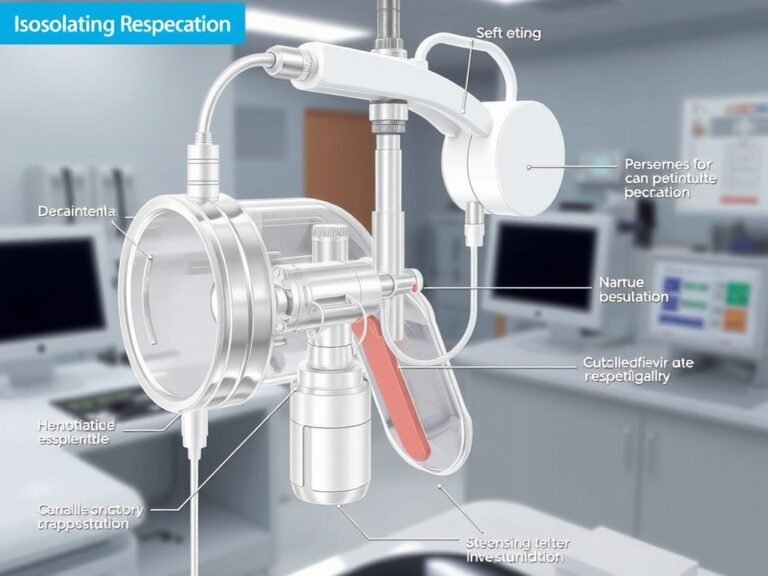
Introduction to Transds
In today’s fast-paced digital world, certain concepts rise quietly but eventually become central to how industries operate. Transds is one such concept that has moved from being a niche term to becoming a significant part of modern discussions in technology, business, and innovation. In simple terms, Transds represents a set of systems, frameworks, or processes that focus on the seamless transition of data, services, and decision-making mechanisms between various digital platforms or organizational functions. In 2025, the importance of Transds cannot be overstated — it has become an enabler of agility, efficiency, and competitiveness.
From its origins in specialized technology circles, Transds has evolved into a multidisciplinary approach with applications in areas like cloud computing, artificial intelligence, big data analytics, and even creative industries. Businesses that understand and implement Transds effectively often report faster turnaround times, better collaboration between teams, and improved customer experiences. This shift is not accidental; it is driven by the demand for more integrated, less fragmented systems in an era where data is the new currency and speed is the ultimate competitive edge.
Understanding the Concept of Transds
Meaning and Technical Definition
While the term Transds might sound abstract at first, at its core it refers to the transfer and transformation of data or services in a way that maintains consistency, accuracy, and relevance across different points of interaction. In the technical realm, Transds can involve structured protocols for moving datasets from one environment to another, automated workflows that adapt services based on incoming information, or adaptive decision-making systems that evolve with context.
How the Term is Used in Real Life
Outside of technical jargon, Transds finds a place in everyday business operations. For example, when a retail company integrates its online ordering platform with its warehouse inventory management and customer service chatbot, it is essentially practicing Transds. The smooth transition of information from the purchase point to stock management and finally to customer support reflects the seamless data and service flow that Transds advocates.
The Evolution of Transds Over Time
Historical Background
The roots of Transds can be traced back to the early days of enterprise computing when organizations first started seeking ways to integrate multiple business functions under a single umbrella system. In the late 1990s and early 2000s, ERP (Enterprise Resource Planning) systems attempted to address this challenge, but they often fell short due to technological limitations and rigid architectures.
Major Milestones
A significant milestone came with the rise of cloud computing in the 2010s. Cloud-based tools allowed organizations to connect disparate systems more easily, making real-time Transds a possibility rather than a dream. In the 2020s, artificial intelligence and machine learning added predictive capabilities to the mix, enabling systems not only to transfer data but also to anticipate needs and take proactive action.
Applications of Transds in Modern Industries
Transds is not confined to a single industry; its versatility makes it valuable across multiple sectors. Some of the most notable applications include:
- Technology and IT Services – Seamlessly connecting software tools for developers, analysts, and end-users.
- Healthcare – Integrating patient records across hospitals, labs, and insurance providers.
- Retail and E-Commerce – Synchronizing product listings, stock data, and pricing across multiple sales channels.
- Financial Services – Linking real-time transaction data with fraud detection systems.
- Media and Entertainment – Coordinating content creation, distribution, and audience engagement analytics.
The adaptability of Transds ensures that as industries evolve, it can evolve with them — offering scalable solutions for both small startups and large corporations.
How Transds Works in Practice
Core Components and Structure
At the heart of Transds are three main components:
- Data Transfer Protocols – Rules that govern how information moves between systems.
- Transformation Engines – Tools that adapt the data or service for its next destination.
- Decision Systems – AI-driven modules that determine how and when to act on the transferred data.
Real-World Workflow Example
Consider a logistics company managing deliveries across multiple cities. Their Transds-enabled system might automatically transfer incoming order details from an online form to the nearest distribution center, transform the data into a dispatch-ready format, and then trigger a route optimization tool to ensure timely delivery. This entire chain can happen in seconds without manual intervention.
Benefits of Adopting Transds
Businesses that adopt Transds often see measurable improvements in several areas:
- Operational Efficiency – Reduces redundancy and manual data entry.
- Faster Decision-Making – Access to real-time, accurate data leads to quicker actions.
- Cost Reduction – Streamlined processes reduce labor and resource costs.
- Improved Customer Experience – Faster service delivery and fewer errors increase satisfaction.
- Scalability – Can easily adapt to changing demands without major overhauls.
These advantages make Transds not just a convenience but a competitive necessity in 2025.
Common Challenges and Limitations
Despite its advantages, implementing Transds comes with challenges.
One of the biggest hurdles is the technical complexity of integrating systems that were never designed to work together. Compatibility issues between legacy systems and modern cloud-based tools can slow down implementation. Financial constraints can also be a limiting factor, especially for small businesses. Furthermore, staff training is critical; without proper understanding, the full potential of Transds cannot be realized.
Transds in the Digital Transformation Era
Role in Cloud Computing
Cloud platforms have given Transds an almost limitless playing field. Whether it’s migrating entire databases or integrating microservices for a specific function, cloud-based tools provide the flexibility and scalability that Transds thrives on.
Integration with AI and Machine Learning
When combined with AI, Transds goes beyond simple data movement — it becomes predictive and adaptive. For example, an AI-enhanced Transds system in e-commerce could automatically adjust product pricing in real-time based on competitor activity, demand spikes, or seasonal trends.
Security and Privacy Concerns in Transds
Security is a non-negotiable factor in any Transds system. Data breaches can erode trust, cause legal consequences, and lead to significant financial losses. Organizations implementing Transds need to prioritize:
- End-to-End Encryption – Ensures that transferred data remains unreadable to unauthorized parties.
- Access Control Mechanisms – Limits who can view or modify sensitive information.
- Regular Security Audits – Identifies vulnerabilities before they can be exploited.
Real-World Case Studies of Transds
| Company/Organization | Sector | How They Use Transds |
| MediConnect Health | Healthcare | Links hospital patient data with insurance claims for faster processing. |
| ShopFlex Retail | E-Commerce | Synchronizes multi-channel inventory with warehouse data. |
| FinSecure Bank | Finance | Integrates transaction monitoring with fraud detection AI. |
How to Implement Transds Successfully
A successful Transds strategy requires careful planning:
- Assess Current Systems – Identify compatibility and integration challenges.
- Select the Right Tools – Choose platforms that align with business goals.
- Train Staff – Ensure everyone understands how to use the new system.
- Test Before Full Launch – Run pilots to identify issues early.
- Monitor and Optimize – Continuously review performance and make improvements.
Expert Opinions and Predictions
Industry experts agree that Transds will continue to gain relevance as global digital transformation accelerates. Some predict that within the next five years, most medium-to-large organizations will have some form of Transds implementation. They also foresee that advances in AI will make these systems more autonomous and user-friendly.
The Future of Transds
The next phase of Transds evolution will likely involve self-managing systems that not only transfer and transform data but also repair and optimize themselves without human input. The growing need for cross-border digital operations will push governments and industries toward creating universal Transds standards.
Conclusion
Transds is no longer a futuristic idea — it is a present-day necessity. In a world where data drives every decision, the ability to move and adapt information quickly and accurately is a defining competitive advantage. Organizations that embrace Transds now will be better prepared to adapt to future challenges and seize new opportunities.
FAQs
1. What is the main purpose of Transds?
Its primary purpose is to enable seamless, accurate, and adaptive transfer of data and services across different systems, improving efficiency and decision-making.
2. How is Transds different from traditional systems?
Traditional systems often work in isolation, while Transds connects them, enabling real-time collaboration and adaptability.
3. Can small businesses benefit from using Transds?
Yes, small businesses can gain operational efficiency, cost savings, and improved customer experiences through proper implementation of Transds.






